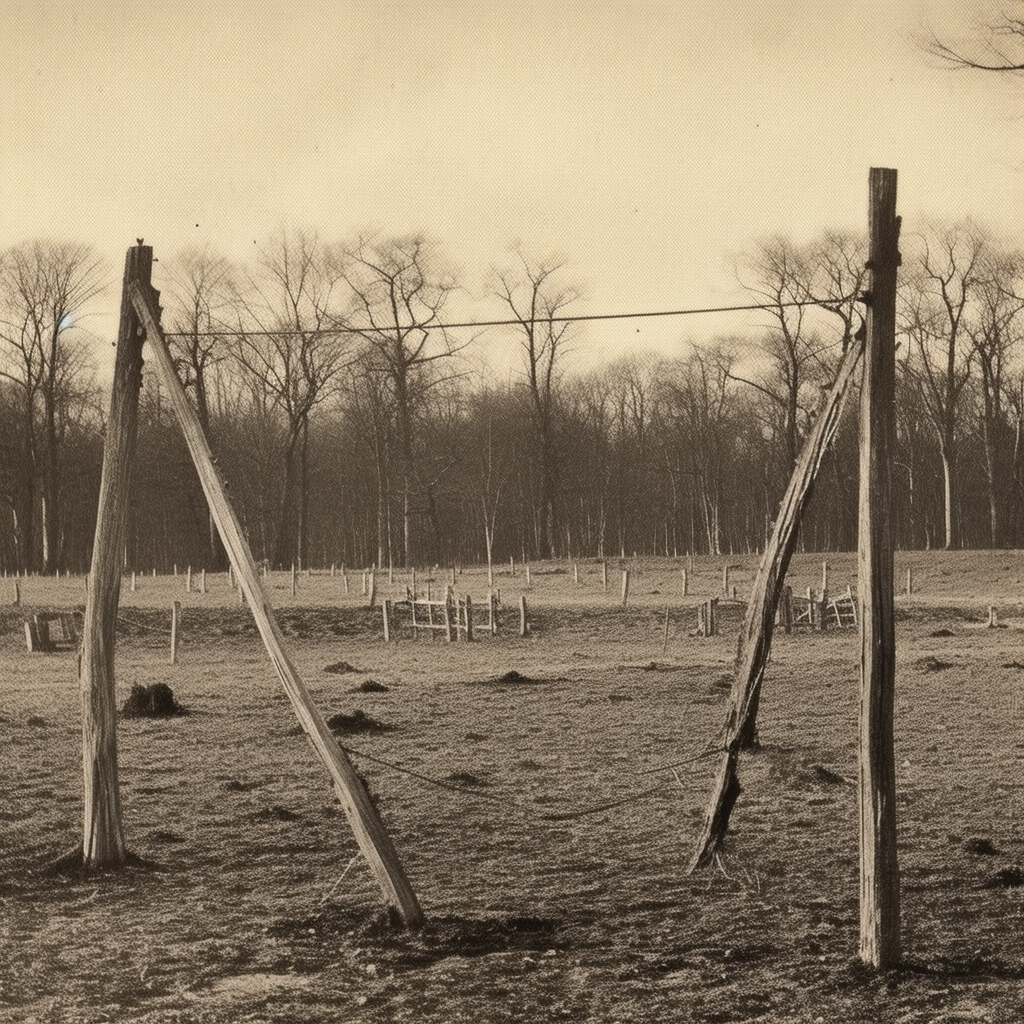
Soccer goals are an essential aspect of the beloved sport, and understanding their various types and uses greatly benefits both players and coaches.
From portable goals designed for practice sessions to professional-grade goals meeting strict regulations, there is a wide range of options available to cater to different needs.
Accessorising soccer goals and ensuring their safety is also a key consideration to maintain high-quality training environments.
The Changing Faces of Soccer Goals
The evolution of soccer goals is a fascinating journey that mirrors the development of the beautiful game itself.
From humble beginnings to modern-day standards, the design, construction, and significance of soccer goals have undergone remarkable changes.
In the early years of soccer, goalposts were often nothing more than a pair of wooden sticks planted firmly in the ground, with no crossbar at all.
As the sport gained popularity, the need for standardized goalpost dimensions became apparent.
In 1863, the English Football Association decreed that goalposts should be 8 feet high—a pivotal moment in the history of goal design.
The introduction of crossbars and nets brought further innovation to the game.
The elliptical post, developed in Nottingham in 1920, marked a significant step forward in goalpost engineering.
The addition of nets in 1882 at Bramall Lane, the home of Sheffield United, not only enhanced the spectacle of scoring but also provided a clear visual indicator of a successful goal.
Today, soccer goals are precision-engineered structures, often made of lightweight yet durable materials such as aluminum or steel.
They are designed to withstand the rigorous demands of professional play while adhering to strict size and safety regulations set by governing bodies like FIFA and UEFA.
Types of Soccer Goals
Portable vs. Permanent Goals
When considering soccer goals, there are two primary types: portable and permanent.
Portable soccer goals are lightweight, easy to transport, and can be set up in various locations.
They are a popular choice among recreational players, schools, or clubs that require versatility in moving the goals for different events or schedules.
Permanent soccer goals, on the other hand, are fixed into the ground and often found in professional stadiums or recreational fields.
They are typically made of more durable materials like steel or aluminum and are built to withstand the elements and regular use.
Regulation Size vs. Practice Goals
Soccer goals also differ in terms of size and usage.
Regulation size goals follow the FIFA guidelines, which dictate that adult soccer goals should be 8 feet tall and 8 yards wide.
These goals are commonly used in official matches and formal practice sessions, ensuring standardized dimensions for all teams and leagues.
In contrast, practice goals vary in size and shape to cater to different skill levels, age groups, and training purposes.
Smaller soccer goals might be more suitable for younger players or for working on specific skills such as accuracy or agility.
Some other common types of practice goals include small-sided goals, pop-up goals, and rebounders.
It’s essential to choose the type of soccer goal that best suits your needs, whether for a professional setting, recreational play, or focused skill development.
Selecting the appropriate goal type will allow players to train and compete in an environment tailored to their skill level and objectives.
Choosing the Right Goal
Material and Durability Considerations
When selecting a soccer goal, the material and durability are essential factors to consider.
Soccer goals are typically made from aluminum, steel, PVC, or wood.
Aluminum goals are lightweight, rust-resistant, and often found in professional soccer settings.
Steel goals, on the other hand, offer excellent strength and durability, but are heavier and more susceptible to rust.
PVC soccer goals are popular for younger players and are lightweight and portable.
However, they may not be as durable as metal options. Wood goals, while not as common, can provide a more classic aesthetic, but require regular maintenance to prevent decay and damage.
Size and Level Variations
Soccer goal sizes vary depending on the age and skill level of the players.
Here is a summary of recommended soccer goal sizes by age group and level:
U6, U7, and U8: 4′ x 6′ Soccer Goals
U9 and U10: 6′ 6″ x 18′ 6″ Soccer Goals
U11 and U12: 7′ x 21′ Soccer Goals
U14 and above: 8′ x 24′ Soccer Goals
Additionally, there may be some slight variations depending on specific leagues or organizations.
When choosing a soccer goal, it’s essential to consider the players’ age and skill level.
Soccer goals designed for children should be smaller and appropriately sized for their age group.
For example, the soccer goal for players aged 6 and 7 should be 4 feet high and 6 feet wide, while an 8-year-old player’s goal should be 6 1/2 feet high and 12 feet wide.
For professional soccer players, the standard goal size is 8 feet high by 24 feet wide, as they have much greater skill and power in their shots.
Making the right choice when selecting a soccer goal involves considering the material and durability, as well as the size and skill level of the players.
By understanding the different options available, you can choose the perfect soccer goal for your needs.
Goal Assembly and Installation
Step-by-Step Assembly Guide
Assembling a soccer goal can be a straightforward process if you follow some essential steps.
Begin by gathering all the necessary parts and tools required for assembly.
Make sure you have your goal’s hardware kit, as it usually provides crucial tools like bolts, washers, and lock washers.
Once you have all your materials, proceed with the assembly process as follows:
Assemble the base: Connect the base elements, ensuring secure attachment by using the appropriate hardware. Make sure the base is leveled and stable.
Construct the goal frame: Attach the frame elements, such as crossbars and uprights, to create the goal’s main structure. Ensure a firm connection between these components.
Attach the net: Securely fasten the net to the frame using provided clips, ties, or fasteners. Make sure the net is taut and properly aligned with the frame.
Install the goal: Depending on the type of goal you have, set up the goal in the desired location, ensuring a leveled playing surface.
Safety and Security Measures
To ensure the safety and longevity of your soccer goal, consider implementing the following safety and security measures:
Anchoring: Secure the goal to the ground using appropriate anchors or weights. This will prevent the goal from tipping over and causing injury.
Periodic inspection: Regularly inspect the goal for any signs of wear or damage. Check for loose bolts, fraying nets, or bent parts that may compromise the goal’s integrity.
Proper storage: When not in use, store the goal in a safe and dry environment to prolong its lifespan.
By following these assembly and installation guidelines, you can ensure that your soccer goal remains stable, safe, and functional for years to come.
Maintaining Soccer Goals
Regular Checks and Repairs
Performing regular checks on soccer goals helps ensure their longevity and, most importantly, the safety of the players.
Inspect the goal posts, crossbars, and anchors for signs of damage or wear.
In case of any damage, perform the necessary repairs or replacements.
One crucial aspect of soccer goal maintenance is the proper anchoring of the goalposts to avoid tipping over.
Check that the anchors remain in good condition and are firmly in place.
Also, examine the connecting hardware, such as nuts, bolts, and other fasteners. Tighten any loose connections and replace rusted or damaged parts.
Long-Term Care Tips
For the long-term care of soccer goals, consider these tips:
Cleaning: Keep the goalposts and netting clean by regularly wiping them down with mild soap and water, then allowing them to air-dry.
Paint touch-ups: Over time, paint may chip or fade. Touch up the paint at least once a year to keep your soccer goal looking new.
Proper storage: When not in use, store soccer goals in a dry, well-ventilated area to prevent rust and corrosion.
Safe mover aids: For goals that require transporting, utilise accessories such as wheel dollies or permanent transportation systems to safely move them.
Follow manufacturer guidelines: Ensure that the soccer goal is assembled and maintained according to the manufacturer’s specifications to prolong its lifespan and maintain player safety.
By regularly checking your soccer goals and following these long-term care tips, you can promote safety and extend the useful life of your equipment.
Goal Safety Features
Importance of Secure Anchoring
One of the key concerns while installing soccer goals is ensuring their stability and safety.
A secure anchoring system plays an essential role in preventing accidents caused by tipping or falling goals.
Common anchoring methods include the use of ground anchors, sand bags, and other stabilizing devices.
Ground anchors are metal or plastic stakes that are driven into the ground to hold the goal firmly in place.
They should be installed according to the manufacturer’s instructions to maximize safety and effectiveness.
Sand bags, on the other hand, provide an alternative for synthetic turf fields where ground anchors may not be feasible.
They should be placed on the back of the goal, ensuring that the weight is evenly distributed for optimal stability.
Padding and Protective Elements
Adding padding and protective elements to soccer goals can significantly enhance their safety. One of these protective features is goal post padding, which is designed to reduce the risk of injury upon contact with the goal frame.
Goal post padding usually consists of foam material covered with durable and weather-resistant fabric. It should be affixed securely to the goal, covering the entire length of the post to minimize the chance of injury.
Consider selecting soccer goals that meet these safety standards for added peace of mind.
Prioritizing goal safety features like secure anchoring, padding, and protective elements is crucial in preventing accidents and injuries while playing soccer.
Proper installation and maintenance, as well as adherence to safety guidelines, can significantly enhance the overall safety of the playing environment.
Accessorising Soccer Goals
Adding Netting and Clips
When setting up a soccer goal, adding proper netting is essential for functionality and safety.
Numerous types of nets are available, including those made from different materials, such as polyethylene and polyester.
The choice of net material depends on factors like weather resistance, durability, and budget.
To attach the net to the goal, various methods are available, including clips and Velcro. Clips offer a sturdy option for securing the net and are easy to install.
On the other hand, Velcro allows for quick setup and removal, making it an excellent choice for temporary or portable soccer goals.
When selecting and installing your soccer goal net, consider the following:
Choose the right net material based on your specific needs and weather conditions.
Use clips or Velcro to secure the net to the goal structure.
Strategic Use of Wheels
In situations where soccer goals need to be moved or repositioned frequently, incorporating wheels can save time and effort.
Goals with wheels can be easily moved across the field without causing damage to the turf or posing a safety risk.
Before implementing wheels on your soccer goal, consider the following:
Assess the type of field surface. Wheels work best on flat, even surfaces.
Ensure safe handling when moving the goal by having at least two people guiding it.
Lock the wheels in place when the goal is in its desired position to prevent it from accidentally shifting during play.
Accessorizing soccer goals with appropriate netting, clips, Velcro, and wheels enhances their functionality and ensures a safe and enjoyable playing experience.
By carefully considering the specific needs and requirements of a given soccer field, you can select and implement the most suitable accessories for your soccer goal.
Frequently Asked Questions
What is the official size and dimensions of a soccer goal post?
The official size and dimensions of a soccer goal post depend on the age group and skill level. For adult matches, the regulation size is 8 feet (2.44 meters) in height and 8 yards (7.32 meters) in width. For younger players, the dimensions are scaled down accordingly. It’s important to check with your specific league or organization for the appropriate goal size.
How do you properly maintain and care for a soccer goal?
Proper maintenance and care for a soccer goal include regular inspections for any damage or wear, tightening loose hardware, monitoring net conditions, and correcting any issues discovered. It’s essential to follow manufacturer guidelines for assembly, disassembly, and any necessary repairs. Proper storage and protection from harsh weather conditions will help extend the lifespan of a soccer goal.
What are the safety precautions to consider when installing a soccer goal?
Safety precautions during soccer goal installation include securing the goal correctly, using appropriate anchoring, and regular inspections to ensure the goal remains stable and safe. Goals should be placed on level ground and never climbed or hung on. Proper installation can prevent accidents and injuries caused by unstable or improperly installed goals.
What is the history and evolution of the soccer goal design?
The soccer goal has evolved over the years, from rudimentary wooden posts to the modern-day aluminum and steel constructions. Initially, goals were made from whatever materials were available, like wood or even sometimes just using trees or stones. As the game of soccer grew in popularity, standardized dimensions and the iconic rectangular goal took shape. Today, various materials, shapes, and sizes serve a wide range of skill levels and game formats.
What materials are typically used in the construction of soccer goals?
Soccer goals are typically constructed using materials such as aluminum, steel, and PVC. Aluminum goals are lightweight and weather-resistant, making them perfect for portability and outdoor use. Steel goals offer greater durability and strength, while PVC goals are a cost-effective option for youth leagues and casual play. The choice of material will often depend on factors like budget, level of play, and intended use.
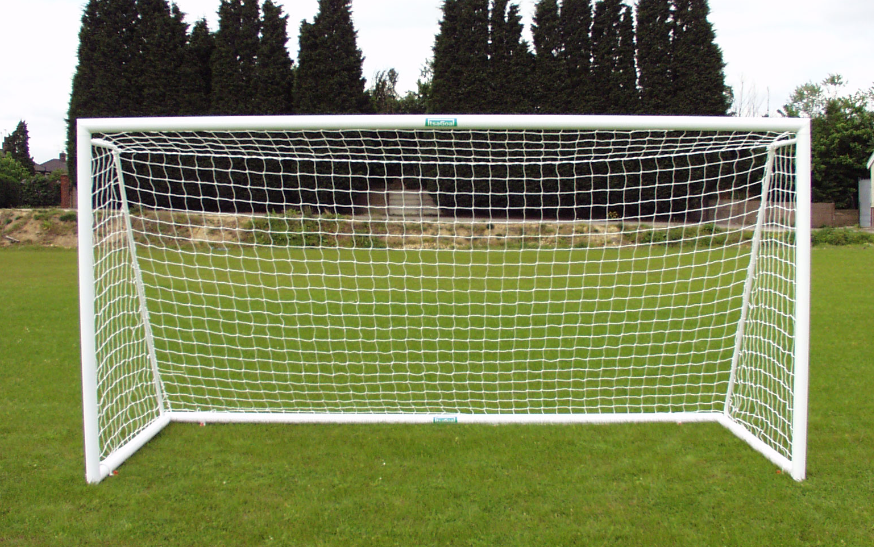
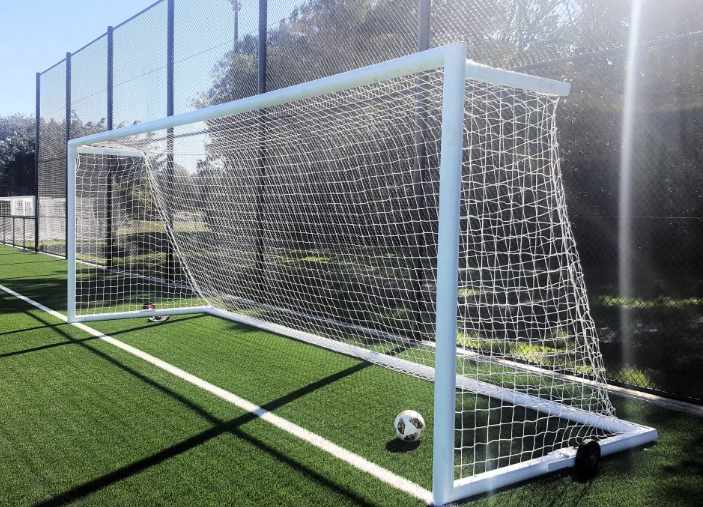
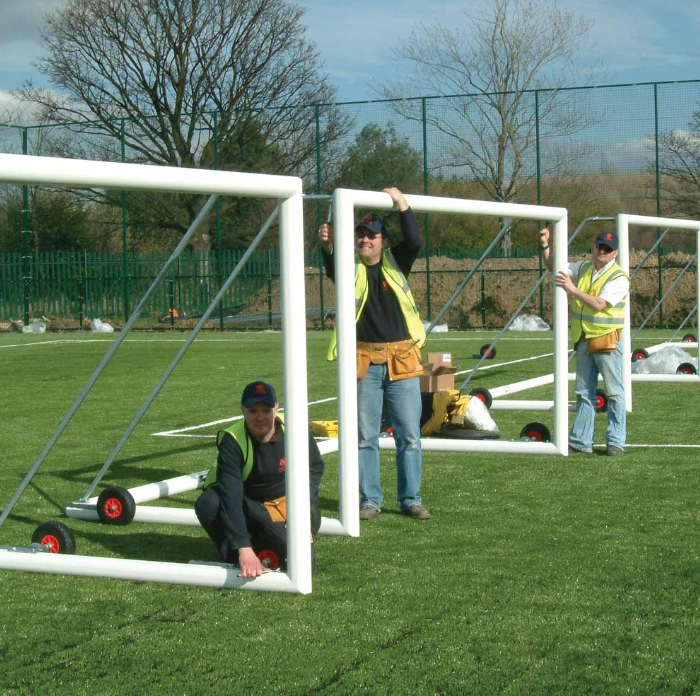
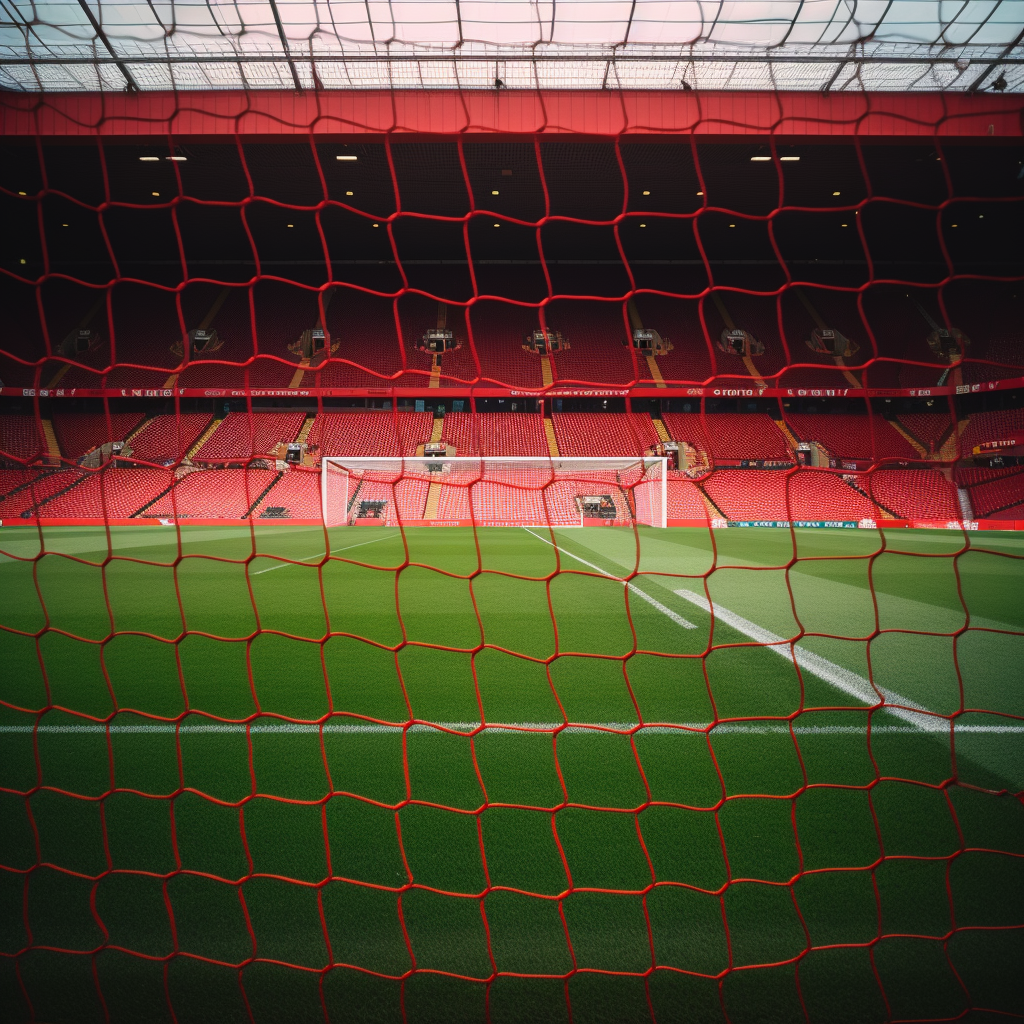
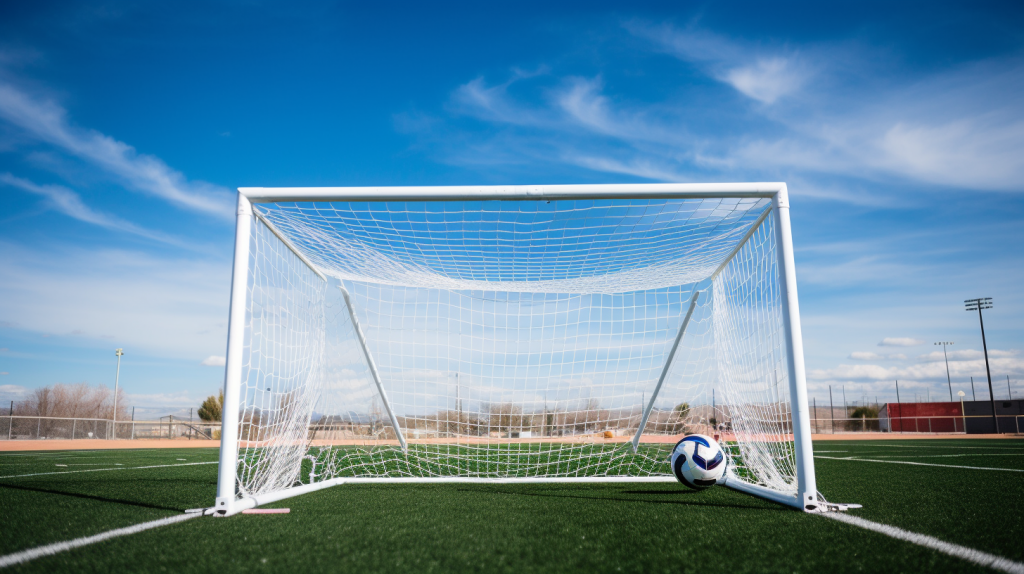


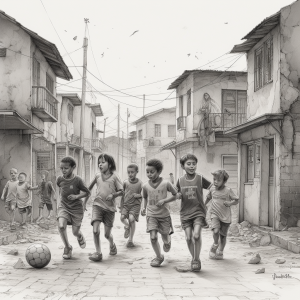
Leave a Reply